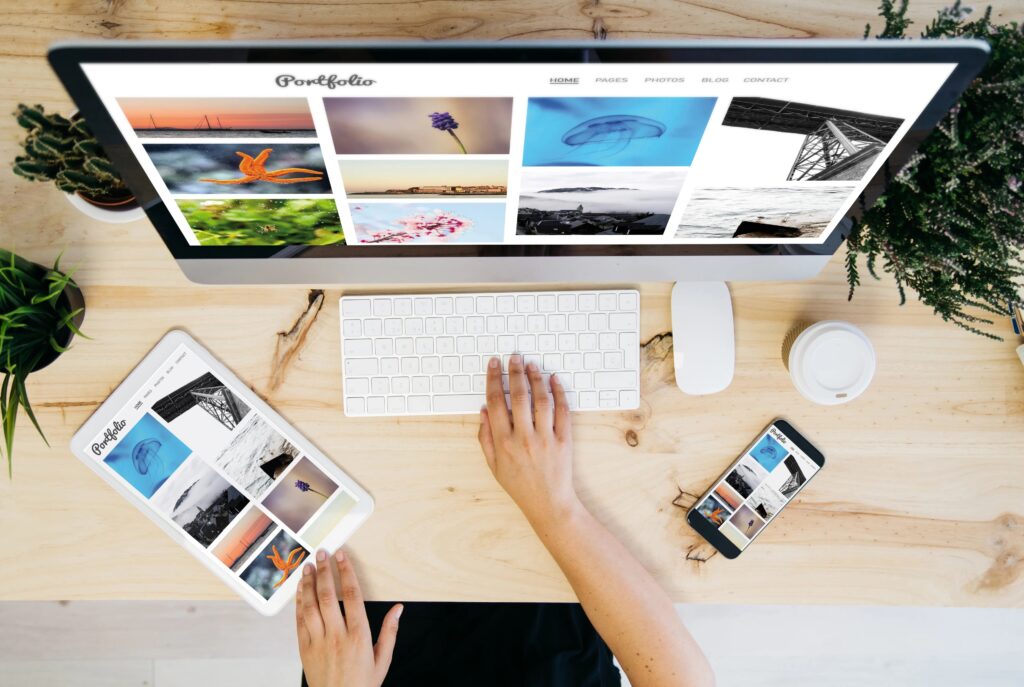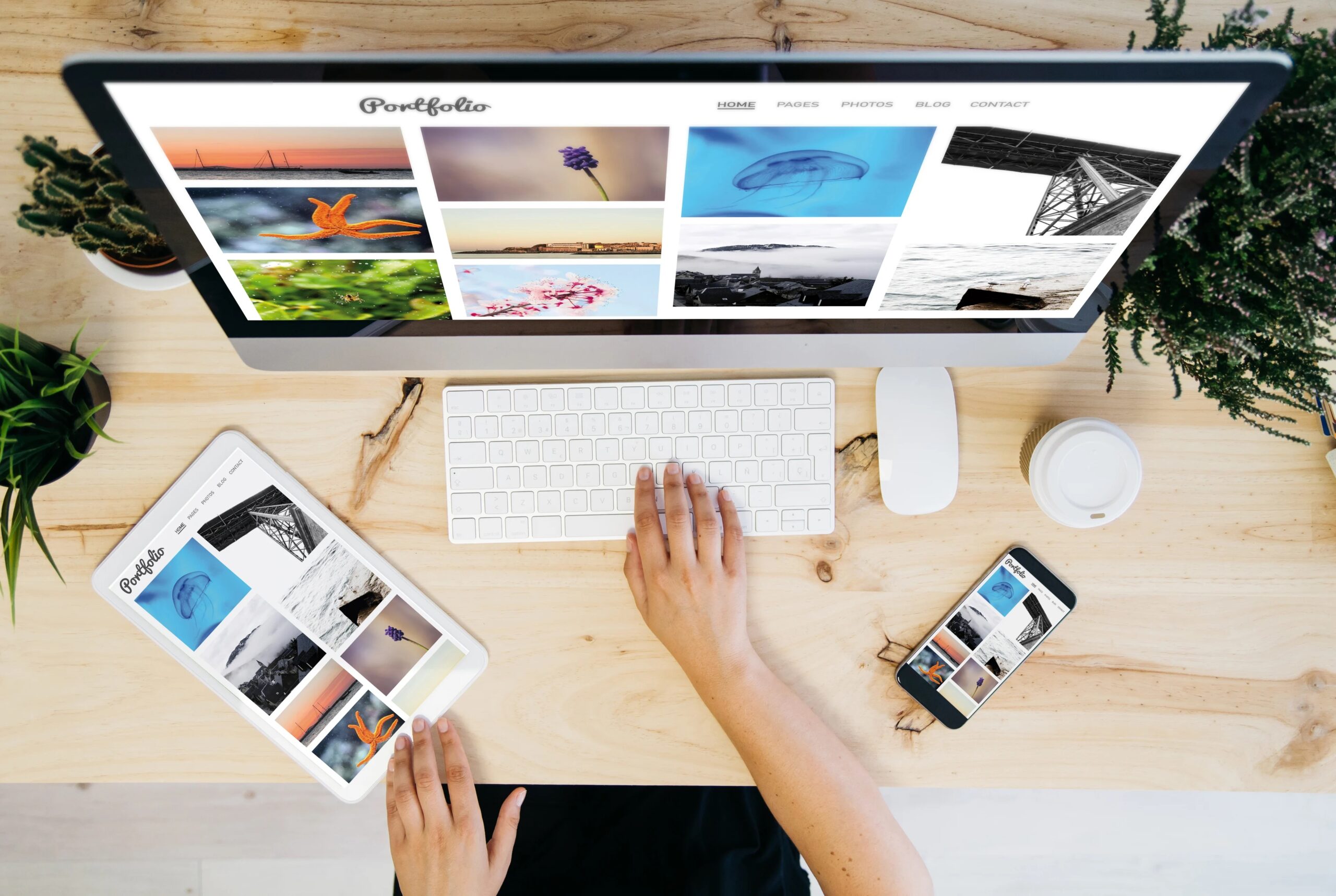If you’re looking to break into the graphics industry as a freelancer, or just want to supplement your existing income, then a graphic design portfolio is essential. It’s one of the best ways to demonstrate your talent and qualifications to potential employers. A portfolio isn’t just for seasoned artists and designers – even novice graphic designers can create one with the right guidance. Below, graphic designer Yehuda Oratz takes a look at some helpful tips for creating an impressive graphic design portfolio.
Yehuda Oratz is a talented graphic designer from Lakewood, New Jersey. He tries to approach design from an honest point of view. Yehuda enjoys working with people and projects with a clear vision—whether the vision is big or small is irrelevant. He is currently working with some great people on an exciting new project.

Select a platform
If you’re going to be using your portfolio as a tool to showcase your work, then you need to find a platform that’s right for you. There are so many creative communication platforms out there – if you don’t know where to start, Yehuda Oratz recommends starting with Behance and Adobe Portfolio. Not only do these websites have a large following of professional designers, but they’re also easy to use, and you can curate your portfolio here.
Curate your portfolio
When you’re developing a portfolio, the last thing you want to do is overthink it. You don’t need to include every single project you’ve worked on, but instead, focus on the work that’s relevant to your skills and has the potential to get you a job. To curate your portfolio, simply choose the projects that are most important to you and try to include as much information as possible about them. You can record detailed information about each project including: – How you came to work on the project – The project itself – The client – The deadline – The project manager – The photographer – The other team members – And any other information that’s relevant to the work.
Write descriptions for your work
Descriptions are essential when it comes to your portfolio. If you don’t know how to write a concise yet detailed description for each project you list, it could cause you problems when applying for jobs. Instead of just listing the projects you completed, try including a brief introduction about yourself and why they’re important to you. You can also include examples of past work such as samples of letters, diagrams, and illustrations.
Take beautiful photographs
Sometimes you don’t have access to sketching or design tools while you’re working on a project, or you simply don’t have the time to meticulously take and edit photographs while you’re working. If you’re working on a project that has a strict deadline, you have to make do with what you’ve got – and that’s usually not very good enough. It’s always better to take beautiful photographs for your portfolio, and it’s also a good idea to document each project you work on so that you don’t forget about it. As Yehuda Oratz explains, it helps you show prospective employers that you’re a good photographer, and that you can do the work needed without being asked to do things that you’re not good at.
Polish your portfolio
One of the most important things you can do for your portfolio is to polish it. Polishing is the process of adding additional elements that improve the overall quality of a work. There are many different types of polishing, but the most common ones are top-down, BH (back-to-front), and CW ( Clock-Wise ).
Before publishing your portfolio, fine tune its layout, design, and overall look and feel. You can get inspiration by viewing Yehuda Oratz’s graphic design portfolios on Instagram, or Pinterest.
Summing up
A great way to start your own freelance graphic design portfolio is to select a few projects from your past work and polish them to a high standard. Don’t just pick any old project – make sure that each project has a particular importance to you, and that you can demonstrate your ability to work on it. Once you’ve selected your favorite work, you can use the tips and advice that we’ve provided here to create an impressive graphic design portfolio. Now all you’ve got to do is build your résumé around these projects, and start applying for jobs!
